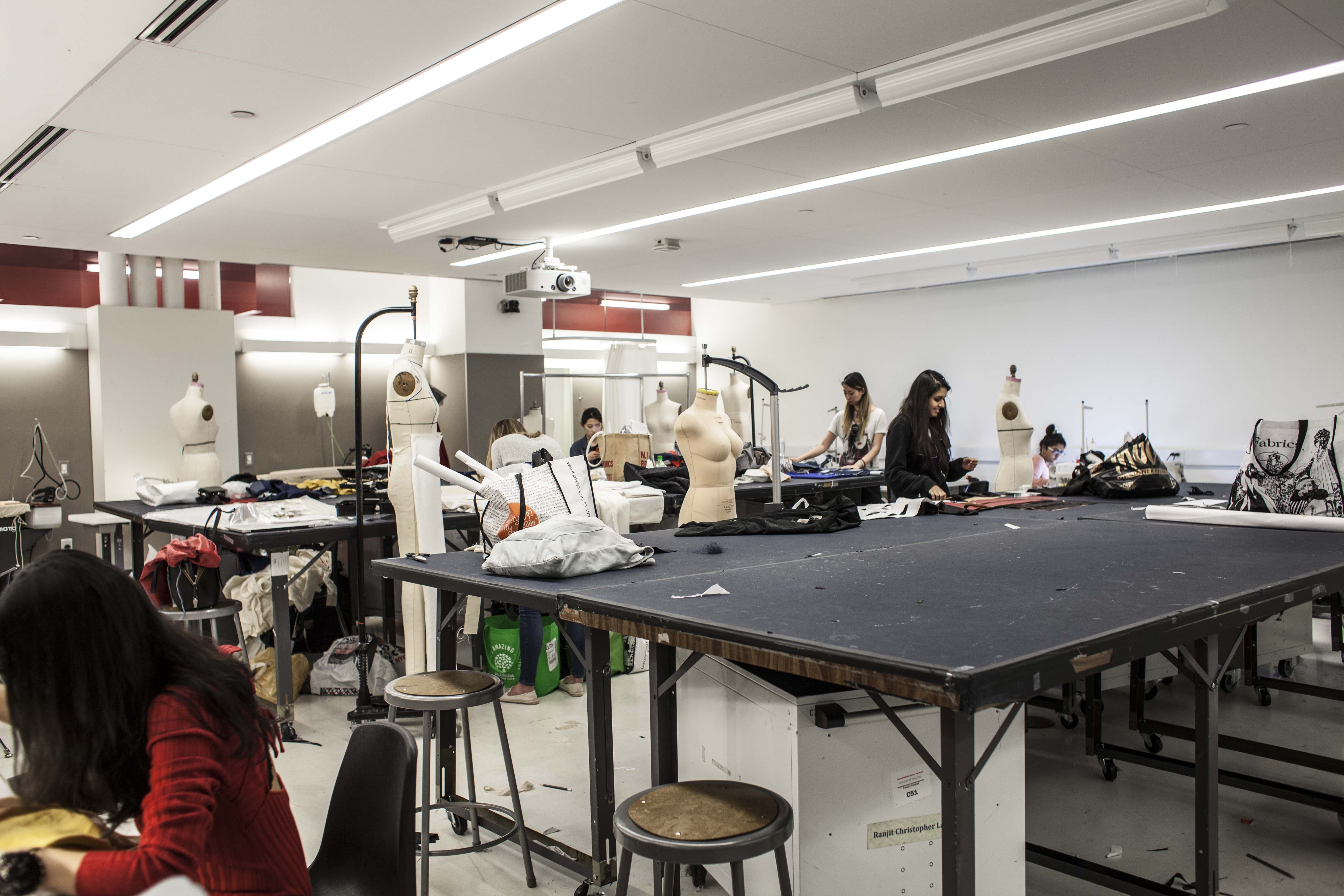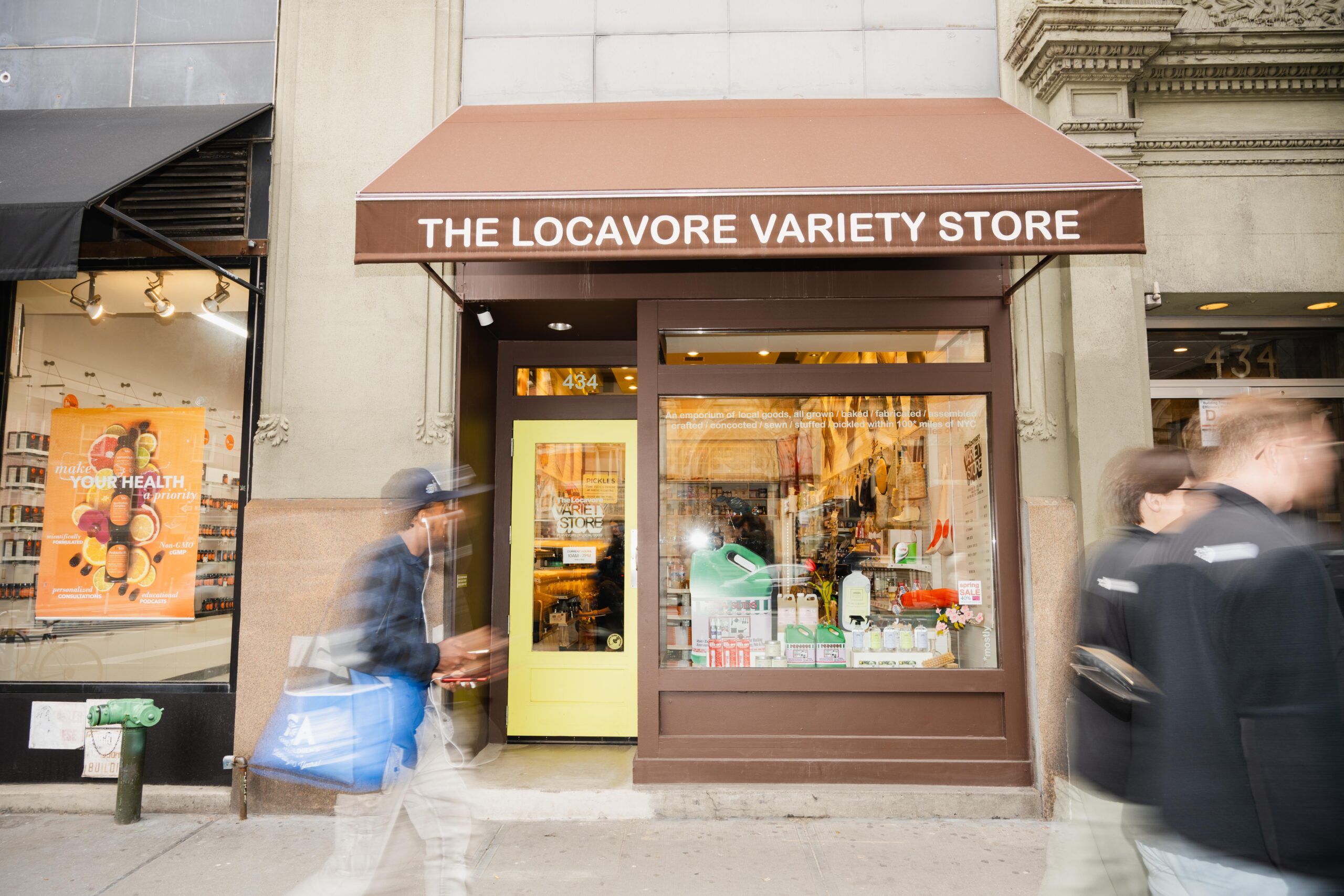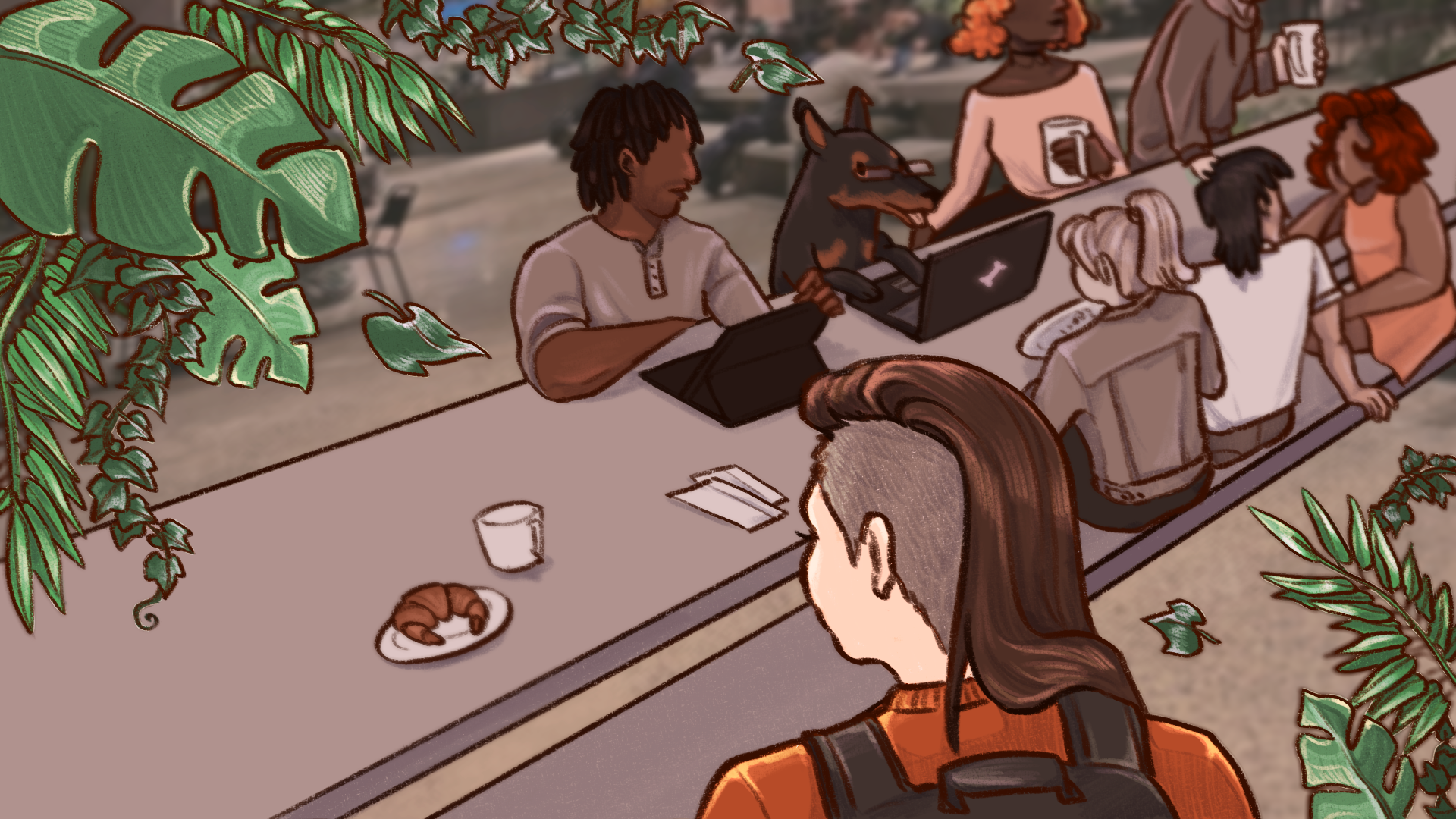In previous years, Parsons senior fashion design students could outsource up to 33 percent of the production of their thesis collections. This year, no set limit is in place.
As students and administrators wrestle with issues of financial inequality, thesis funding, ethics and what skills students should graduate with, many seem uncertain of what impact these changing guidelines will have for students, particularly those who can’t afford to outsource.
Some students say that outsourcing has allowed them to create designs they’re proud of, rather than spending hours sewing zippers and buttonholes. Other students worry that outsourcing disadvantages those who can’t afford it, allowing wealthy students to have flawlessly executed garments that exacerbate the gap between students from different socioeconomic backgrounds.
New curriculum was implemented for the 2016-2017 academic year, allowing fashion design seniors to “self-propose their thesis beyond a collection driven outcome,” said Fiona Dieffenbacher, program director for BFA fashion design.
Rather than setting one limit for 330 seniors with vastly different theses, fashion design administrators “have moved away from setting percentages towards a customized approach to outsourcing that supports a 1:1 conversation between seniors and their thesis faculty,” Dieffenbacher said.
These revised guidelines have reignited discussion around the use of outsourcing at Parsons.
“There are such extremes at our school. There are people who spend thousands and thousands of dollars on their thesis, and there are people who just spend a couple hundred,” fashion design senior Varunica Agrawal said.
Throughout four years of undergrad, a fashion design major piles up receipts for tools, fabric, and other materials. For a thesis collection, a senior could spend some $20,000, students say.
[pdf-embedder url=”http://www.newschoolfreepress.com/wp-content/uploads/2017/05/Nathanael-Hong.pdf” title=”Nathanael Hong”]
As required by the thesis program, Nathanael Hong’s technical notebook includes detailed production instructions for each garment
While some students can afford to send patterns to the Garment District or around the globe for production or finishing and produce a high quality lookbook, many others struggle to pay for even the basic required class materials.
At a university where more than half of undergraduates receive financial aid, outsourcing presents “another sort of academic rift for the economically advantaged students,” fashion design sophomore Cloe Murnane said.
For students who can’t afford luxury materials or outsourcing, however, applying for sponsorship or crowdfunding are options. Ayo Keys, a 2016 Parsons graduate, used a Kickstarter campaign to raise more than $11,000 dollars for her senior thesis after she found herself “overwhelmed by the insane cost of trying to produce what [she] had spent so much time working on.”
Senior Monica Wright was able to get her materials sponsored, in the form of selvedge denim from Cone Denim. “I was really lucky,” she said. “If I hadn’t gotten the scholarship, I would be looking at spending thousands of dollars, I assume, on material, which I do not have the money for. So yeah, it kind of came together miraculously for me.”
Started a year ago, the Parsons Art Fund has provided grants to more than 80 of the 5,997 Parsons students “for any type of creative project,” according to the Parsons Student Senate website. Some fashion design students, like Jamileh Nadelmann, have used funds toward their thesis, but awards are capped at $100 per student per semester.
For years, the percentage limit imposed on outsourcing has been unclear and inconsistently enforced, according to students. In 2015, Proenza Schouler designers Lazaro Hernandez and Jack McCollough admitted to outsourcing the majority of production of their 2002 Parsons fashion thesis collection. “The teachers didn’t know but some of the students did and there was a little drama. They all hated us!” Hernandez told Vogue UK.
Students are required to give professors detailed plans of any outsourcing they plan to use, but fashion thesis professor Brigitte Conti said there have been incidents of students outsourcing without permission. While Conti opposed unauthorized outsourcing, she acknowledged the difficulty in enforcing the rules. She stressed the importance of staying positive with the students “because it’s a very stressful year.”
“We want to trust our students,” Conti said. “They’re working on very deep concepts, and sometimes it’s very personal. And then, trying to shake that? It’s not good, it’s not fair, and it’s anti-creative.”
Senior thesis outsourcing guidelines were revised “to offer more transparency and to ensure it aligned with the institution’s commitment to ethical practice as well as existing academic integrity policies at TNS,” Dieffenbacher said.
Two years after Burak Cakmak was announced as the new dean of fashion at Parsons, outsourcing guidelines have moved to prioritize sustainable and ethical practices over limiting the amount of outsourcing done. Before coming to Parsons, Cakmak worked on sustainability initiatives for brands ranging from H&M to Balenciaga, according to a New School press release.
Conti said she has noticed a significant increase in discussions about sustainability since Burak Cakmak joined Parsons two years ago as dean of fashion. “I remember the first time I heard about sustainability, it was at least maybe 10 years ago, but it was almost nothing. But since Burak is here, it’s really there,” she said.
While Dieffenbacher said revisions in the outsourcing agreement have “the central goal of transparency in mind,” some students said that they haven’t seen the impacts.
Senior Agnes Tai said that administrators “don’t really talk about ethics or sustainability. I think it’s just there on paper to make them look good.”
Debates around outsourcing also prompted discussion around what skills students need to learn before graduation.
Agrawal felt that conceptual aspects should be prioritized above technical skills. “If you’re going into the industry, is it really that important for you to be making everything by hand? Not really, because unless you want to be a seamstress, you’re not going to be doing much of that yourself,” she said.
On the other hand, Murnane said Parsons seemed to be slipping into a “dangerous zone of teaching kids that they don’t have to do it themselves to be a designer, that they will come out of school and they can just sit and pattern and sketch all day.”
Conti noted that both production and outsourcing skills are crucial for graduates, but agreed with Murnane that constant designing is not a reality for graduates. “They will not be sketching at all. Even when I had my own company, the sketching was maybe five percent of my whole time,” Conti said.
While outsourcing baby hems and embroidery can add up to a hefty price tag, some students feel that the ability to outsource has drastically improved both the learning experience and the quality of their final product. To even have a piece sewn, students must send factories their detailed designs, showing exact measurements, materials, seams, and finishes.
Nadelmann, who received assistance from the Parsons Art Fund, outsourced video production and the production of some of her pieces. The process taught her “the process of working with manufacturers and how multidisciplinary it is to produce a collection in the industry,” she said.
For Agrawal, outsourcing embroidery on her thesis collection allowed her “to focus on what [students] really need to learn, which is the design part, not the implementation part.” After hiring an artisan group in India, Agrawal was partially responsible for teaching the technicians the particular embroidery techniques her collection required, an experience that allowed her to create a relationship with artisan groups.
Conti said that outsourcing was important for finishings like hems and pockets, but that assembling the garment was a crucial learning experience for students. “When you assemble the thing together, you get more ideas sometimes and you may change your mind, which is normal, and that’s part of the process,” she said.
Although Murnane and Agrawal both felt that Parsons faculty were understanding of the varying financial constraints of students, critics and potential buyers viewing thesis collections may not take the same consideration. “If they want to have a fashion show, a runway, a presentation, whatever it is, it’s going to be judged if it’s poorly made. Not even about the design, but the skill set. And these students don’t have that skill set to do professional garments,” Parsons professor Felice Dacosta said.
Panel experiences varied significantly. Conti said that the impact of outsourcing on low-income students “all depends how we faculty treat the student who doesn’t outsource. And we make a point of saying ‘she did it all by herself!’ You know, really well done.”
Conti said that critics who viewed her students’ collections consistently asked students what they had done themselves and what they had outsourced, but not all students reported the same experience in their classes.
Tai said that critics attending her class’ in-class panel presentations did not ask about outsourcing, and that in the school-wide presentations Tai attended, only a few critics asked.
Anna is the Features Editor for the Free Press. She is a senior at Lang, majoring in Journalism + Design and minoring in Politics.







